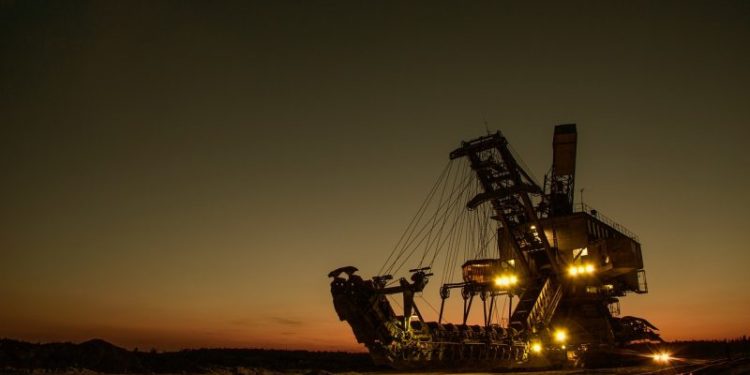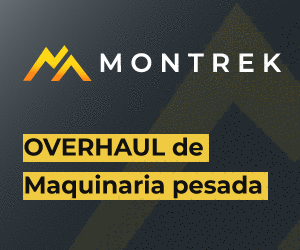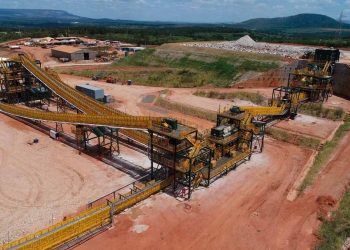Radar technology allows mines to reduce bottlenecks in their supply throughput by accurately detecting ore levels in mine’s crushers. Global supplier of level, switching and pressure measurement equipment Vega, implemented the process instrumentation technology at a leading Australian iron ore mine to reduce bottlenecks, which were frequently reoccurring.
Vega’s VEGAPULS 69 solution helped to eliminate these bottlenecks and increase efficiency by improving the coordination of the processes at the mine.
Optimising export tonnage with process instrumentation
Due to a failure to meet its export tonnage targets, the mine experienced a supply shortage. Operators carried out an investigation at one of its main sites to identify and remove bottlenecks that could be causing the problem.
All processes were thoroughly examined, ranging from initial blasting into the main plant, crusher set-up and operational parameters to the final load of the iron ore ready for export. The team discovered that the level check of the ore in the crushers was unreliable.
Vega has been working with the plant for a long time, introducing the latest technology for optimal operations. In 2004, one of the world’s first radar level sensors for bulk solids, the VEGAPULS 68, was installed throughout the site. Looking to solve the issue of supply shortages and bottlenecks, the plant once again turned to Vega’s process instrumentation for an optimisation solution for its crushers.
The company carried out an investigation into the secondary and tertiary crushing processes to find a solution to the problem. It discovered that the sensor could not follow the current level during fast filling and emptying processes.
Additionally, the wide opening angle of the existing sensors caused interfering reflections, which in turn led to incorrect measurements. The company then realised that relocating the units would cause further issues rather than improving performance.
Radar sensors for enhanced mining operations
Vega offered the mining plant an advanced radar technology development solution, the VEGAPULS 69 80GHz radar sensor that was released in 2016. It promised significant potential for enhanced operations in the mine’s applications.
In radar technology, the width of the beam is determined by the operating frequency and the diameter of the horn antenna. Devices installed at the plant operated with 26GHz with a 95mm horn diameter, resulting in a beam angle of 8°. Due to this, the crusher was repeatedly being detected instead of the ore.
The VEGAPULS 69’s 80GHz transmission frequency allows a beam angle of 3.5°, offering an improvement of more than 50% compared to the plant’s existing systems.
Other improvements with the process instrumentation included a faster response speed, which ensure the transmitter can keep up with the fast-changing level of ore inside the chamber. Vega initially supplied test instruments and offered customer support during set-up after installation.
Increased reliability for mine crusher level control
Once the VEGAPULS 69 radar sensors were installed, the result was immediately clear. With the new measuring device, a more reliable level control was achieved. The increased precision of the focus saw a great improvement in operations, and the false return echoes from the crusher’s main chambers were removed, leaving a measurement from the medium inside.
The devices were tested and the power recorded over three months. The results were then compared to the originally installed devices, showing that the VEGAPULS 69 was performing well.
Despite the units being replaced with the latest advanced radar technology, its basics have always remained the same, ensuring that installation and programming are easy.














